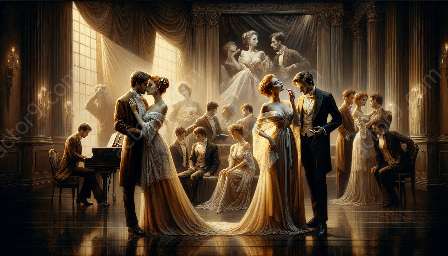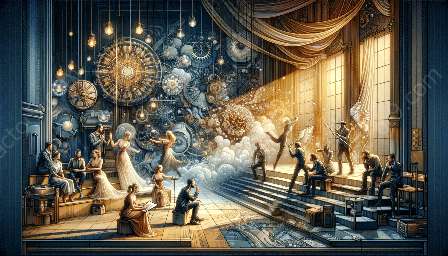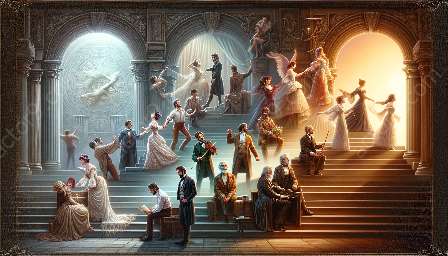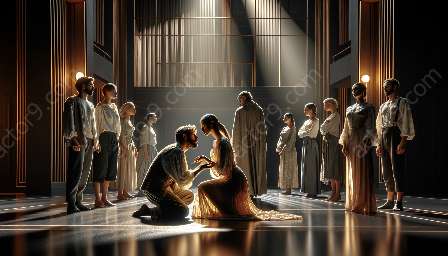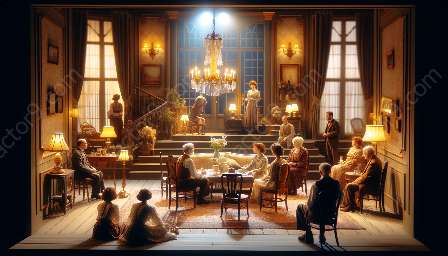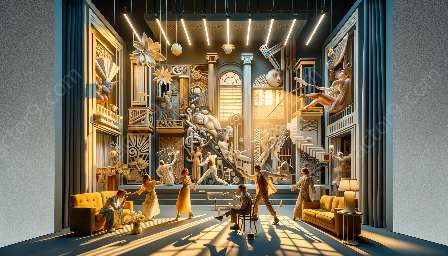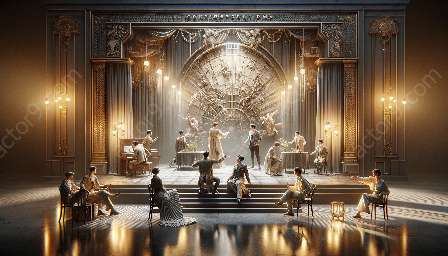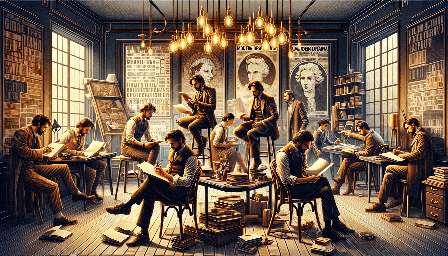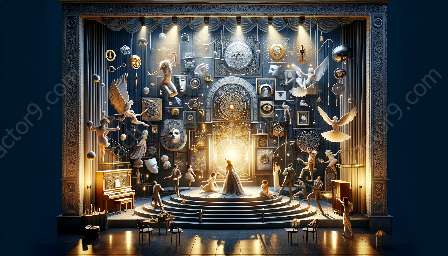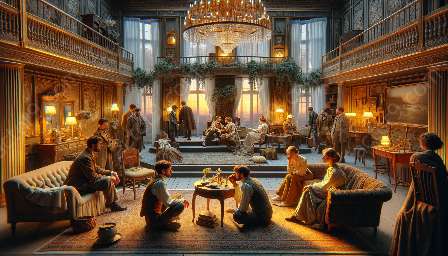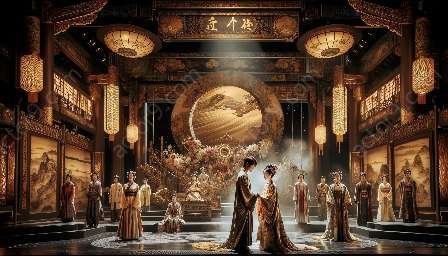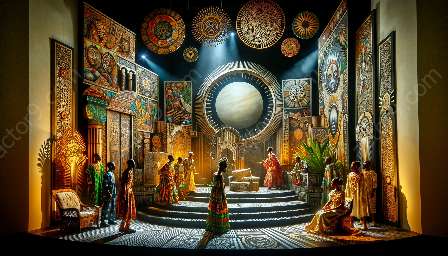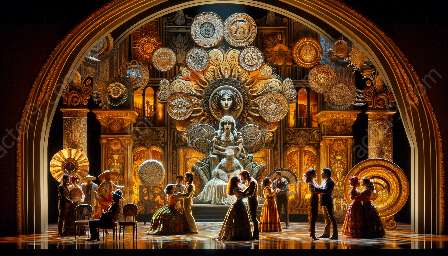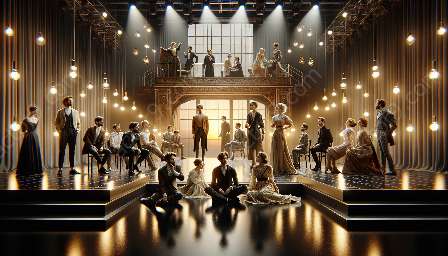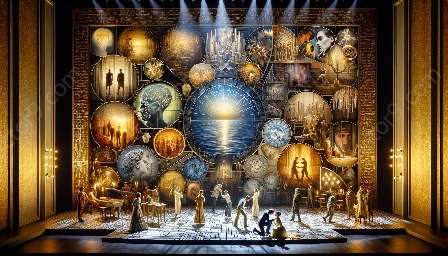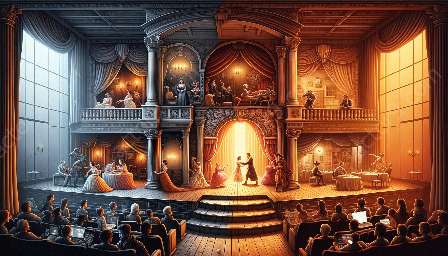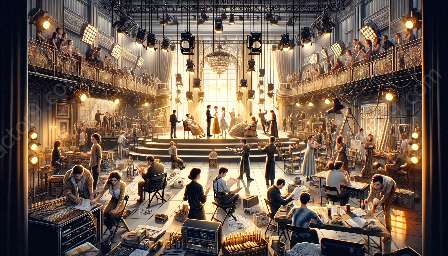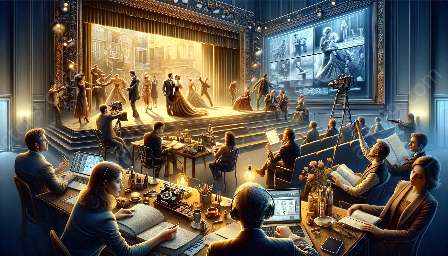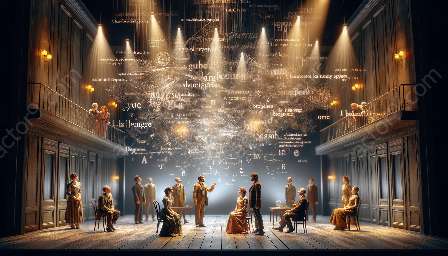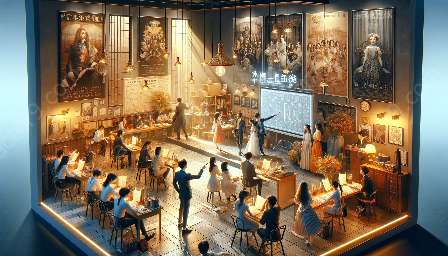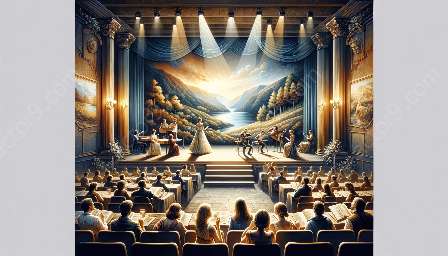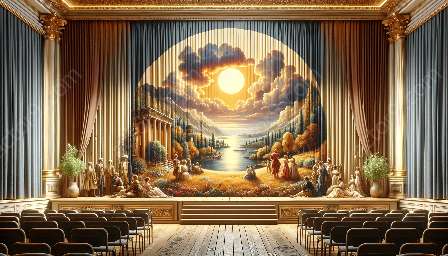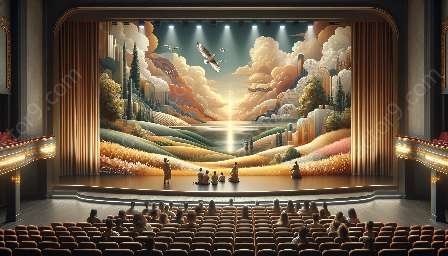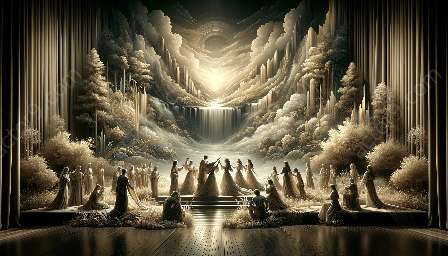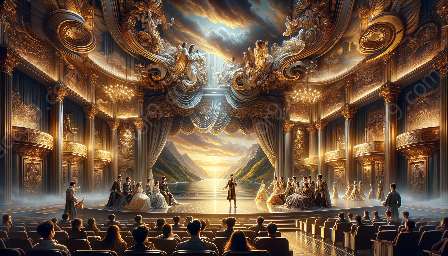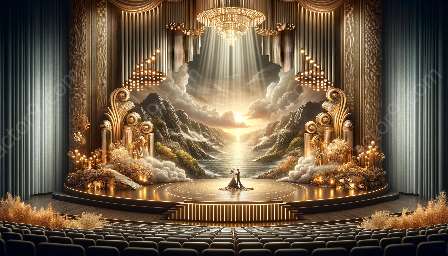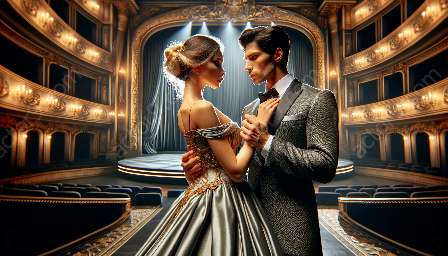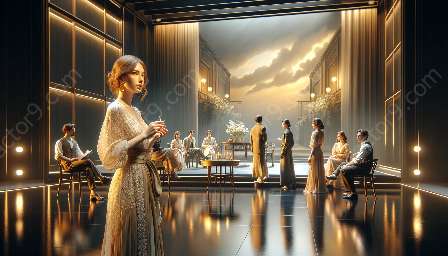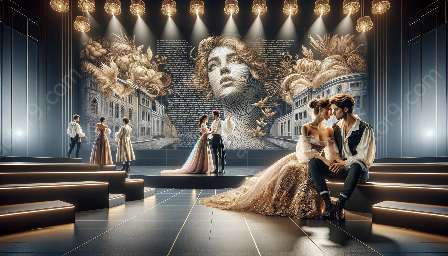Introduction
Contemporary theatrical productions are shaped by a myriad of influences, with pop culture playing a significant role in defining the themes, characters, and storytelling approach in modern and contemporary drama. This topic cluster delves into the profound impact of pop culture on theatrical performances, exploring its relevance, manifestations, and significance in the evolving landscape of dramatic arts.
The Interplay Between Pop Culture and Contemporary Drama
Pop culture, encompassing popular trends, media, and societal norms, serves as a dynamic force shaping contemporary theatrical productions. As a reflection of the zeitgeist, modern drama often integrates elements of pop culture to resonate with audiences and address topical issues. By leveraging contemporary references, popular music, fashion, and media icons, playwrights and directors infuse their works with the vibrancy and relevance of the present moment, creating a compelling rapport with the audience.
Furthermore, pop culture influences the portrayal of characters, relationships, and conflicts in contemporary theatrical productions, aligning the narrative with familiar cultural touchstones that resonate with diverse audiences. The fusion of pop culture elements into dramatic storytelling enables artists to explore societal dilemmas, generational dynamics, and human experiences in a contemporary context, fostering empathy and understanding among theatergoers.
The Evolution of Themes and Narratives
In the realm of modern drama, the influences of pop culture have redefined the thematic landscape and narrative structures of theatrical productions. Popular references and cultural phenomena permeate the playwright's creation of narratives that mirror contemporary realities, exposing the audience to thought-provoking commentaries on prevalent issues, including technology, social media, identity politics, and globalization.
Moreover, the integration of pop culture enables the exploration of diverse themes such as consumerism, celebrity culture, and the impact of digital advancements on human interactions, enriching the dramatic repertoire with multidimensional storylines that resonate deeply with contemporary audiences.
Innovative Theatrical Techniques
Pop culture influences also catalyze innovative approaches to theatrical production, encompassing avant-garde staging, multimedia integration, and immersive experiences that blur the boundaries between traditional performance and audience engagement. Modern theatrical practitioners harness the visual and auditory allure of pop culture to construct immersive environments, incorporating visual projections, interactive technology, and contemporary soundscapes to captivate and enchant spectators, effectively breaking the fourth wall.
Furthermore, contemporary dramas leverage pop culture references to experiment with non-linear storytelling, meta-theatrical devices, and intertextuality, fostering intellectual engagement and stimulating critical discourse among theater enthusiasts. The dynamic fusion of pop culture and modern theatrical techniques propels the evolution of dramatic arts, amplifying the narrative impact and experiential depth of contemporary productions.
Conclusion
Pop culture serves as an indispensable catalyst for the evolution of contemporary theatrical productions, permeating the thematic, narrative, and technical dimensions of modern drama. Its profound influence on character portrayal, societal commentary, and audience engagement underscores the symbiotic relationship between pop culture and contemporary theatre, anchoring the artform in the ever-changing currents of the cultural landscape. Embracing the multifaceted influences of pop culture, contemporary theatrical productions continue to push the boundaries of artistic expression, resonating with audiences and inviting them to immerse themselves in the unparalleled tapestry of modern and contemporary drama.

